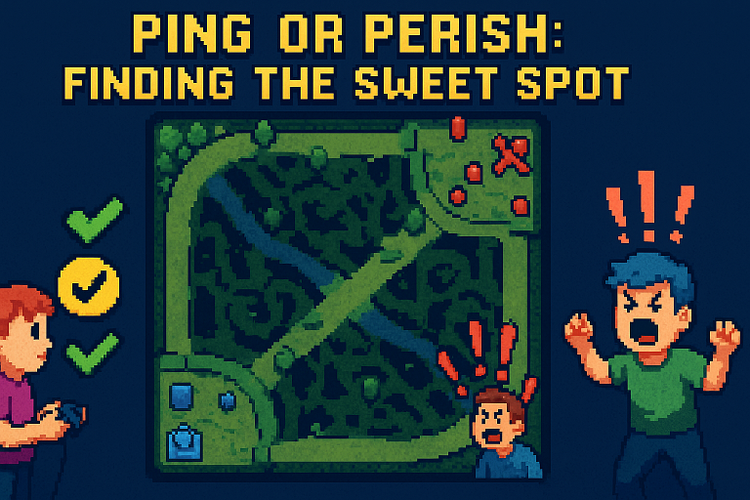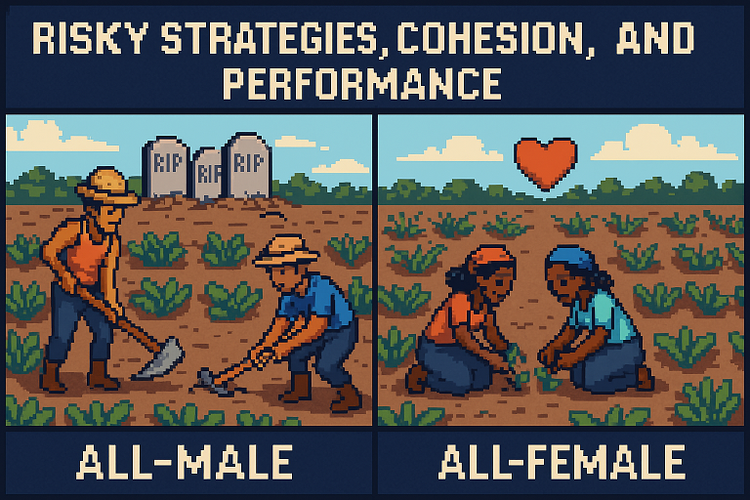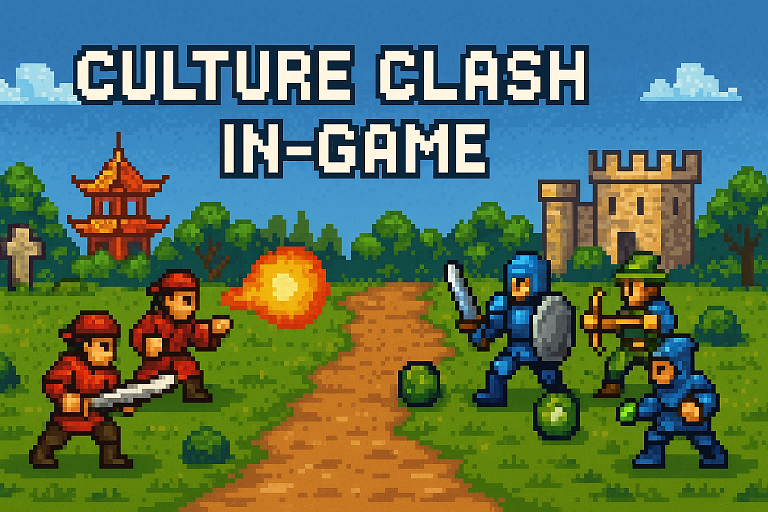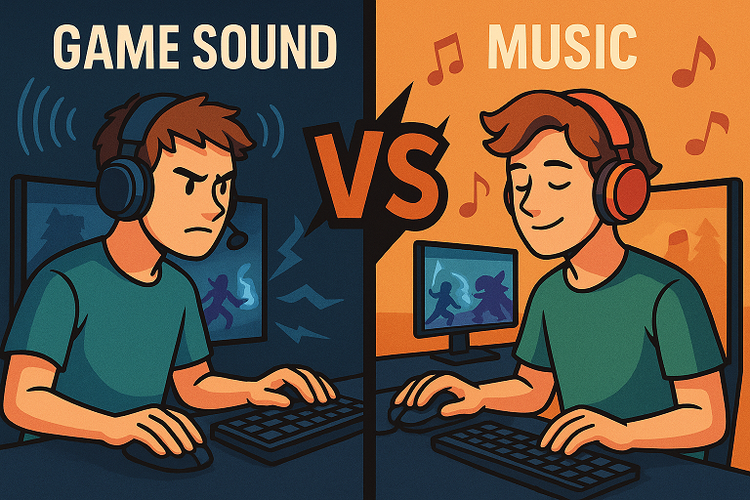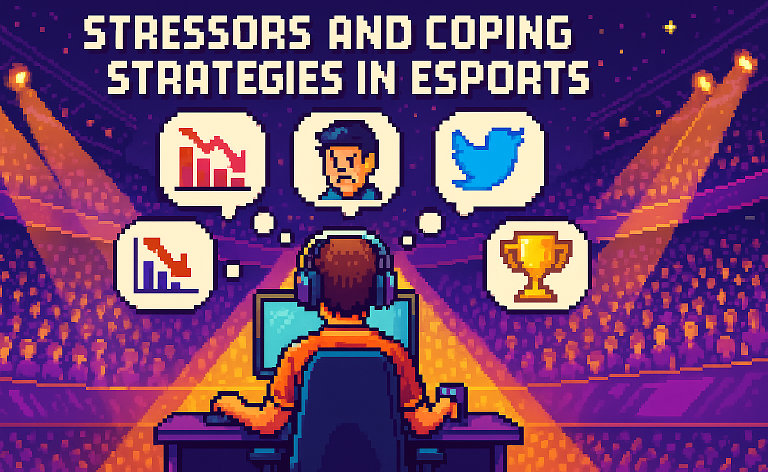Guest Episode | Kevin 'MapuTV' Kremser: The Art of Observing: Elevating Esports Production
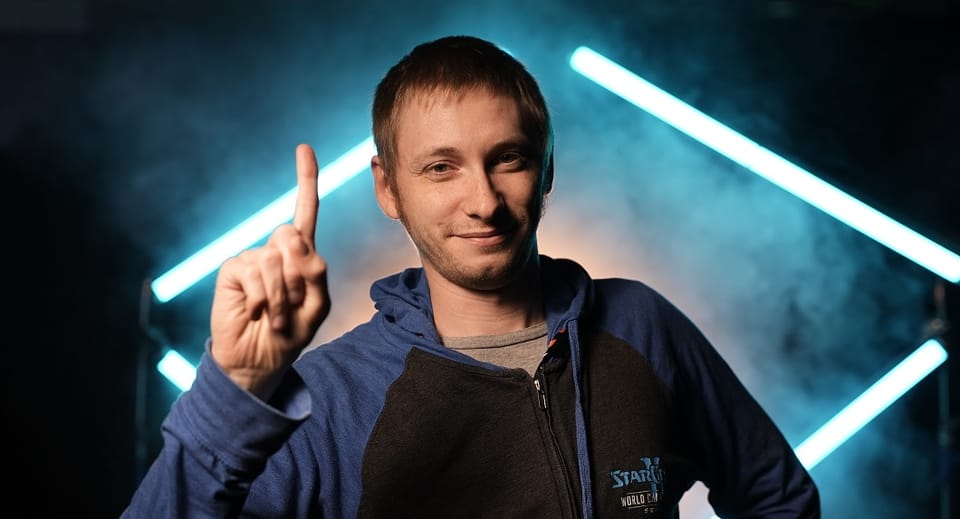
Hi everyone. 🙂 Welcome to this bonus episode of Gaming Science to celebrate StarCraft 2 at this years' Esports World Cup.
In lights of the Esports World Cup that spotlights StarCraft II on this weekend, this episode is a guest episode. It is written by someone working behind the scene at the most prestigious SC2 tournaments for many years filling a crucial role in providing the best possible experience for us watching. I'm super happy to have him write this episode, sharing his insides and experience.
Hello and greetings, dear friends, fellow unknowns, and everyone else.
My name is Kevin "Mapu" Kremser, and I am working as a professional "Real Time Strategy Game Observer" for offline and online events in esports. I have been working professionally on StarCraft Broodwar, StarCraft 2, Age of Empires, Age of Empires 2, and Age of Empires 4. Today, my goal is to highlight the importance of in-game observing, the value it brings to an esports event, my job as an in-game observer, and my journey.
My story begins in late 2016 when I applied as an intern at the production company "TakeTV." TakeTV hosts a StarCraft 2 tournament, the "HomeStoryCup," twice each year. It so happened that my internship overlapped with one of those HomeStoryCups. At that point, there was no professional observer hired for the event and never had been in the past.
What was the norm for the HomeStoryCups was that the commentators would observe the game while simultaneously commentating. The setup consisted of a couch and a table in front of it—a glorious idea to get back pain. On the couch, you’d see one hired caster and two pro gamers who were off-duty from playing their own tournament matches during that time.
The idea was to incorporate the pro players to get their insights; this was very different from the regular casting and commentating back then. This kind of dynamic produced its own unparalleled charm.
So, before professional observing, this was the situation at SC2 events:
- You have one hired caster trying to get interesting insights out of the pro gamers.
- You got two pro gamers who are constantly disagreeing with each other or worse, not talking at all. Occasionally they would state: "this game is over" after a small engage happened.
- Monitors that are quite far away and a game that requires you to look mostly at a minimap half the size of a human palm (remember the back pain part?).
Now imagine yourself sitting on that couch trying to control the mouse, which is set to super high sensitivity and maximum scroll speed while staring at a small part of a screen meters away.
Let's just say that the overall observing and viewing experience was less than optimal.
I always thought it was such a waste having all that great content but a viewer experience that would scare off more than half of the viewership within seconds due to terrible observing. So I talked to the project manager at that time and convinced him to let me observe - and we made it happen. I got a setup where I would observe the games, and only a feed was provided to the casters and players to watch on that infamous caster couch.
The difference was like night and day. People were actually loving it, engaging in the new situation, and taking note that there was someone doing "observing" for them.
Other companies followed suit as they were convinced enough to have someone doing that. So I got my first paid offer to work as a freelance observer a month after the HomeStoryCup. This would set the stage for my personal endeavors into esports and RTS observing as a professional.
Now, let us take a look at what observer work looks like. Please keep in mind that this is my perspective, so it will be heavily focused on RTS observing, which is quite different from FPS, MOBA, or other game observing.
An ingame observer combines a whole set of tasks and skills that are usually split for a regular TV production.
You are a producer, cameraman, graphics guy (yes, that is what we call them), and sound engineer for everything that concerns ingame.
🖥️ Step 1: Looking for the Optimal Settings
The setup should be as "perfect" as possible. A good PC that causes no issues such as lags at the highest graphic settings of the game. The sound settings should have a good balance between the sources you use. For example, you have to balance ambient sounds, music, and fighting sounds, as well as video-related settings like gamma, color balance, and a lot more.
ℹ️ Step 2: Using Information and Graphics Provided by the Game Client
We look at tabs or graphs that can be pulled up and hidden again. You need to decide when those are important and when there is a window to bring those up and highlight them during the game in periods where it makes sense. Those graphs should always be implemented if they can add something to the conversation or underline a point one of the casters is making. Also, if there is nothing else interesting to talk about, it can serve as a bone you throw to the casters: "Hey, look at this, there is something interesting to talk about!"
🎥 Step 3: Cameraman
The main role is to provide a good viewing experience. So you have to get a steady hand when you do camera work. Scrolling the camera, and doing clean camera cuts when you click the camera to a different location. When does it make more sense to scroll? When more to do a clean cut? Do you need to scroll at all? Or is a steady shot better for the current situation? Do you have any other camera angle you can approach, or is there maybe something the game provides you, like a zoom in or out you can utilize? Thinking about these techniques and using them in a smooth manner is the main work here.
↔️ Step 4: Producer and Decision Making
A producer usually does the calls for camera shots and transitions, as well as checking the quality at the same time.
However, the observer produces the ingame content. You make the decisions here. The casters might call out for information, but you decide when exactly to show it or maybe not at all. There will be a lot of situations where you have to make decisions.
For example, do you want to show the main fight? But maybe there is a small fight at the same time, which ends up being more impactful for the actual flow of the game? The observer has the FINAL CALL on everything that will be shown ingame. This is a huge responsibility and a field where it is easy to make tiny mistakes that lead to catastrophic ends. But it also lets you set up situations that lead to amazing results.
There are some really easy examples of good production work and bad ones. If you have watched a lot of movies, sometimes there might have been this one movie where you thought to yourself, "Hey, the lighting in this movie is so cool, I really enjoy that, it adds so much to the tone and atmosphere of the story," or "Hey, the camera angles are so strange and it is super shaky, it makes this movie unwatchable because it is bothering me all the time." This is when the production quality of the movie was appealing or unappealing to you.
Ingame observing can be described as being a whole production team ingame, unified in one single individual. This is the foundation of RTS observing in esports.
Lastly, let’s ask the question: does an observer add to the viewing experience? Sure it does!
It can be something terrible if done incorrectly and sloppily. But if done well and in a way that opens new ways to excite people watching it, having a good observer, lifts the content to a whole new level.
And as always, see you all next week. Cheers,
Christian 🙂
Join over 250+ (🤯) Gaming Science subscribers and become smarter every week.
"I love this type of content, thank you Chris."

